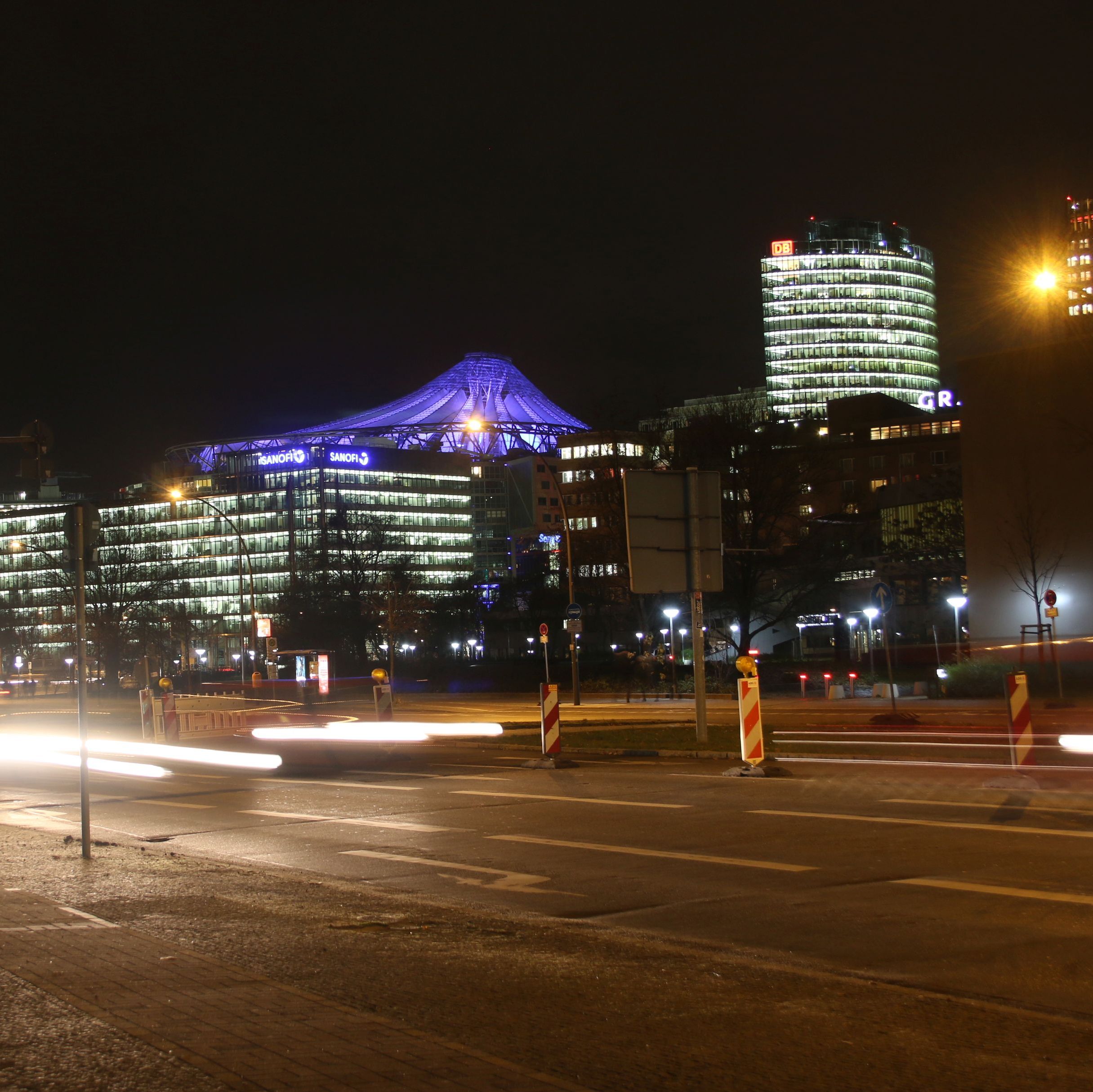Light Pollution
Our nights are getting brighter. For many, this is a sign of progress, others are concerned about the dark side of this brightness - and there are good reasons for this concern.
Light pollution changes the "habitat" night in fundamental ways. During the last 20 years, reserchers have identified negative consequences of artificial light on all habitats and in all groups of organisms, may it be bacteria, plants, or animals.
We humans are negatively affected, too. Unwanted or too bright illumination decreases the quality of life, can cause sleeping problems, and can even make us sick. Additionally, bad lighting design wastes energy and can even become a safety issue.
While the amount of light is growing worldwide, people call for moderate lighting, which focusses on the needs of humans and nature and does less harm. While it is easy to formulate basic ideas on night-aware lighting, the realisation within a project is sometimes more complex, especially if participants lack knowledge about light emissions and adequate design. To succeed with truely sustainable lighting, we need an transdisciplinary approach. A challenge, but also a great opportunity to create better lighting.
These are my service on the topics light pollution, light emissions, and outdoor lightung:
If you want to know more on light emissions, chack out my web site Sustainable Lighting - Nachhaltig Beleuchten or my blog Night-Light. A good start is the blog post Do we need to protect the night?



